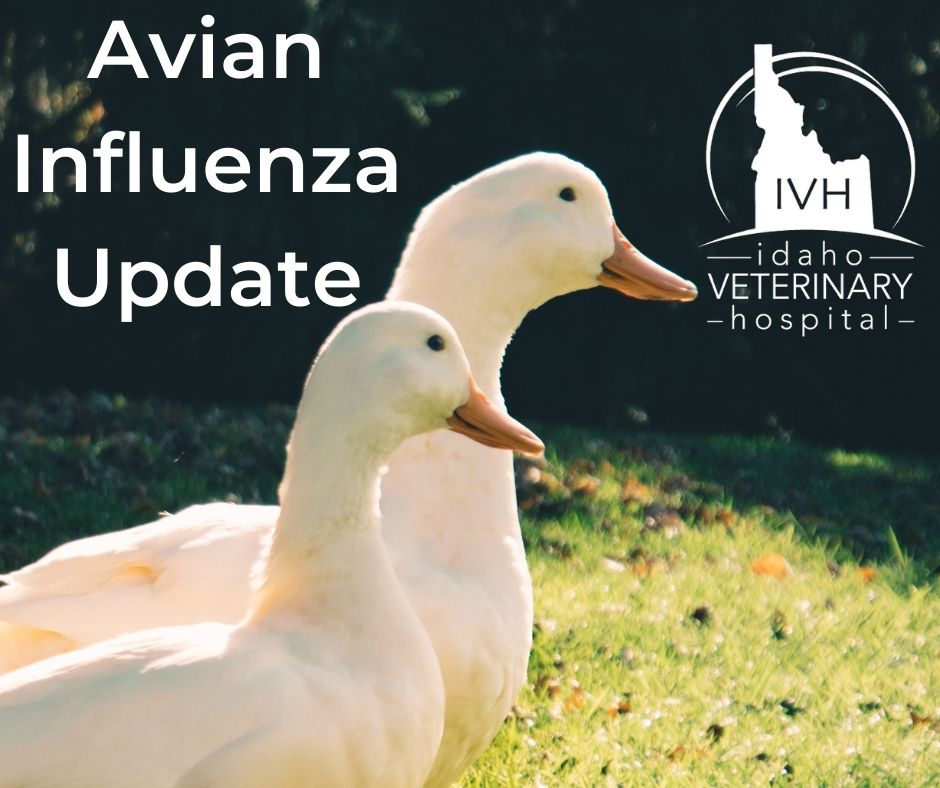
What is avian influenza?
Avian influenza (AI) is an infection caused by the most common type of influenza virus – influenza type A .
What are the signs of infection?
According to the Idaho Department of Agriculture: Wild waterfowl may carry the virus in their intestinal tract, but they don’t typically have outward symptoms of infection. Domestic poultry may have mild to severe signs of sickness, such as decreased egg production, swollen face and combs, respiratory congestion, petechial hemorrhages on the legs, and ruffled feathers. Depending on the pathogenicity of the virus, more than half of the infected domestic birds may die.
What can you do to protect your flock?
Because AI is most commonly transmitted by feces, limiting your flock’s exposure to wild birds as much as possible, is recommended. If you are able to house your flock fully indoors, that would be ideal, or even limiting access to wild bird feces by covering your coop if it has an open roof.
What about indoor birds?
Indoor birds, such as parrots, should have very little exposure, especially with good biosecurity. If your parrots routinely spend time outside, having them under a covered patio or something similar, that wild birds do not have access to should be absolutely fine. If you have both outdoor flocks and indoor birds, maintaining great hygiene and biosecurity is absolutely recommended.
How else might this affect me?
If you plan on traveling with your birds anywhere, many states are currently requiring your feathered friend to be examined by a veterinarian, and have a negative avian influenza test result. This test needs to be performed several days in advance of your travel dates and may require your bird to be sedated in order to obtain a sample for the lab.
For more information from the Idaho Department of Agriculture in Avian Influenza, click here.
For an interactive map of confirmed cases in the US, click here.
Questions? We’re here to help, give us a call! 208-466-4614



Comments are closed.